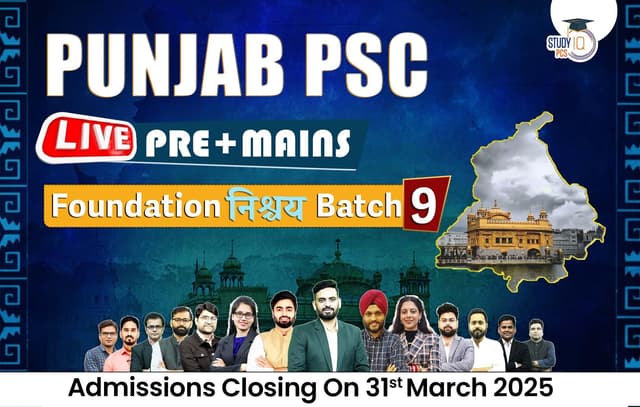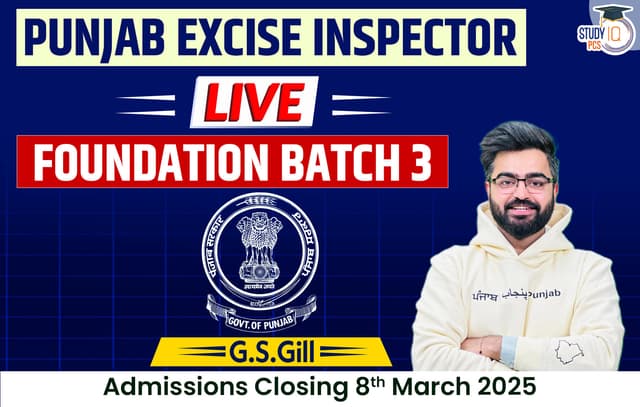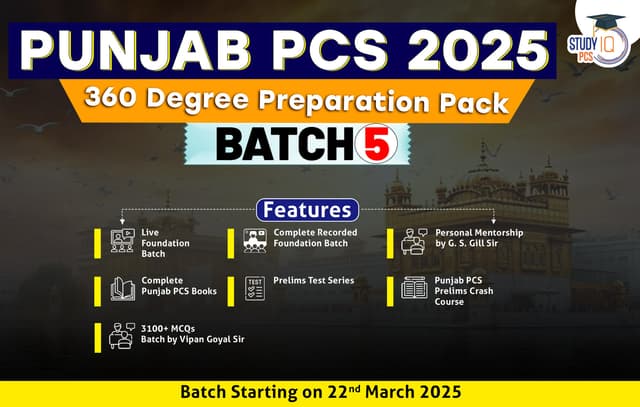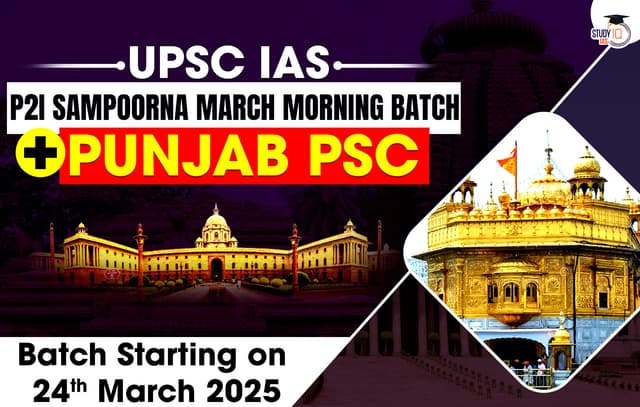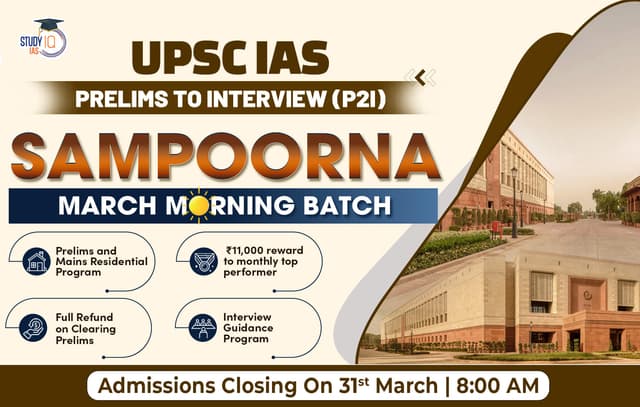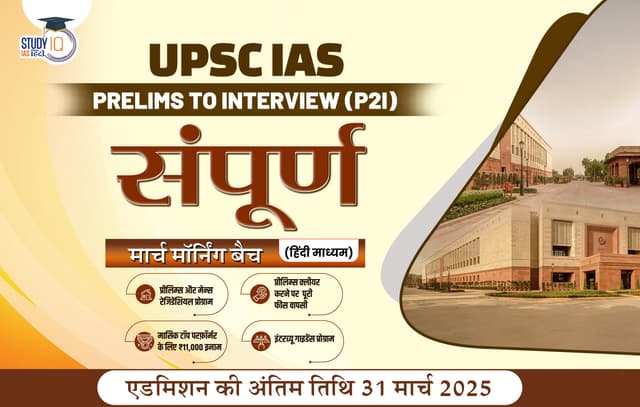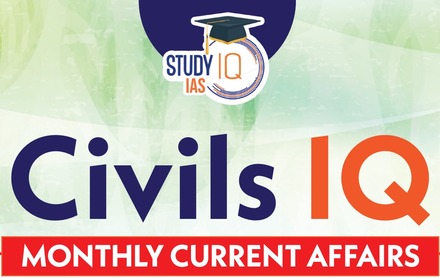Punjab, with its vibrant culture and rich traditions, celebrates a variety of festivals throughout the year. These festivals not only mark the change in seasons but also reflect the cultural and religious diversity of the region. Here’s a look at the major festivals celebrated in Punjab:
1. Lohri
Lohri is celebrated on the 13th of January and marks the end of the winter season, signaling the arrival of longer, sunnier days. A bonfire is the central highlight of the celebration, around which families gather to sing folk songs like “Sundariye Mundariye Ho” and share traditional foods like rewri, gachak, and peanuts. The festival is associated with the legendary hero Dulla Bhatti, known for his bravery against the Mughal emperor Akbar.
2. Basant Panchami
Celebrated on the fifth day of Magh, Basant Panchami marks the onset of spring. In Punjab, it is a festival of kites and is celebrated with great enthusiasm, especially by flying yellow kites. The color yellow is symbolic of mustard fields in full bloom. It is also a day to worship Goddess Saraswati in many parts of India. Yellow attire and special dishes, mostly yellow or saffron in color, are common during this festival.
3. Holla Mohalla
Held at Anandpur Sahib, Holla Mohalla is a three-day festival following Holi. It was initiated by Guru Gobind Singh and is a display of Sikh martial arts, including sword fighting, archery, and horse riding. The festival begins early with hymns, and the last day includes a procession with participants dressed in blue and saffron robes, culminating in a display of Sikh valor.
4. Baisakhi
Celebrated in April, Baisakhi marks the harvest of Rabi crops, the beginning of the solar new year, and the formation of the Khalsa in 1699. The Golden Temple in Amritsar is beautifully illuminated, and a grand fair is held in places like the Pinjore Gardens. It is a time for farmers to celebrate a bountiful harvest.
5. Namani Kashti
Celebrated during Nirjala Ekadashi in the month of Jyestha, Namani Kashti is observed by fasting without water. This day is associated with the story of Bhima, one of the Pandavas, who was advised by Sage Vyasa to observe this fast to absolve his guilt of not being able to keep a fast throughout the year.
6. Teeyan
Teeyan is a festival celebrated by women during the month of Sawan. It marks the onset of the monsoon and is associated with rain and fertility. Married women visit their parental homes and enjoy swings and traditional dances like Giddha. The women wear new clothes and celebrate with sweets like kheer, poori halwa, and malpua.
7. Rakhri (Raksha Bandhan)
This festival celebrates the bond between brothers and sisters. Sisters tie a rakhi (a decorative thread) around their brothers’ wrists and offer sweets. Brothers, in return, give a gift of appreciation. Raksha Bandhan is celebrated during the full moon of Bhadon.
8. Dussehra
Dussehra is celebrated to mark Lord Rama’s victory over the demon king Ravana. Effigies of Ravana, Kumbhakarna, and Meghnad are filled with crackers and set on fire, symbolizing the victory of good over evil. It coincides with the end of the nine-day Navratri festival and is celebrated in the month of Assu.
9. Karva Chauth
Karva Chauth is observed by married women who fast from sunrise to moonrise for the long life and well-being of their husbands. The fasting is done without food or water, and the women break their fasts after offering Arghya to the moon.
10. Diwali
Diwali is the festival of lights, celebrated by Hindus, Sikhs, and Jains. In Punjab, it commemorates the release of Guru Hargobind Ji from imprisonment and the return of Lord Rama to Ayodhya. People decorate their homes with lights, burst crackers, and perform religious ceremonies. Diwali also marks the Hindu goddess Lakshmi’s visit, bringing prosperity.
11. Guruparabs
Guruparabs are celebrations held in honor of the birth and death anniversaries of Sikh Gurus. The three main Guruparabs are:
- Guru Nanak’s Birthday: Celebrated on the full moon of Kartik, marked by processions and continuous readings of the Adi Granth.
- Guru Gobind Singh’s Birthday: Celebrated in the month of Poh, it is marked by processions and the singing of hymns.
- Martyrdom of Guru Arjan Dev: Observed in the month of Jeth, honoring the sacrifices of the Guru.
12. Nanak Shahi New Year
The Nanak Shahi New Year is celebrated on the first day of Chet, marking the start of the new year according to the Nanakshahi calendar. The day involves rituals like eating roasted new corn, taking a bath, wearing new clothes, and feasting on sweets like kheer and halwa.
Festivals as per Desi Months
| Festival | Month |
| Lohri | Poh/Magh |
| Rakhi | Bhadon |
| Basant Panchami | Magh/Phagun |
| Dussehra | Assu |
| Holla-Mohalla | Chet |
| Diwali | Katak |
| Karva Chauth | Katak |
| Namani Kashti | Jeth |
| Baisakhi | Vaisakh |
| Guruparabs | Katak, Poh, Jeth |
| Teeyan | Sawan |
These festivals celebrate various aspects of life, from the changing seasons to religious events, and are an essential part of Punjabi culture.

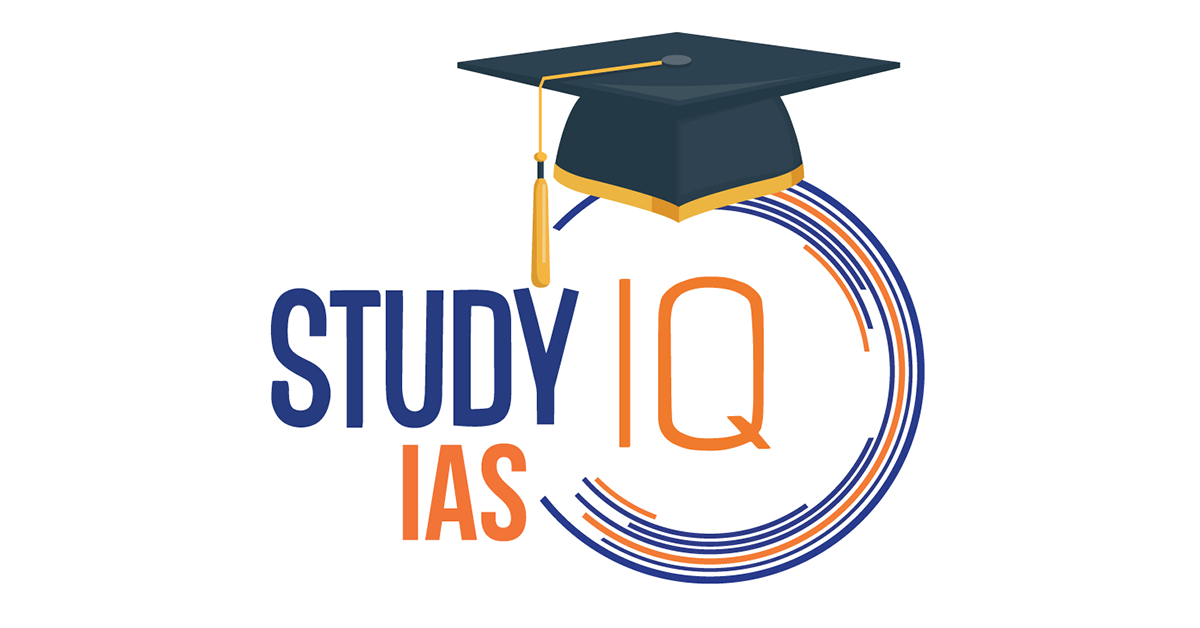
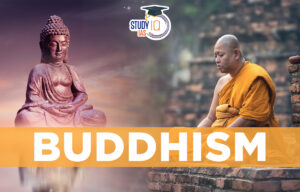 Buddhism History, Origin, Sect, Councils...
Buddhism History, Origin, Sect, Councils...
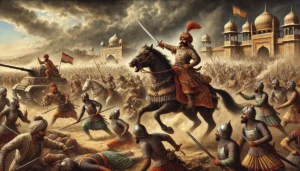 Rana Sanga: The Fearless Rajput King and...
Rana Sanga: The Fearless Rajput King and...
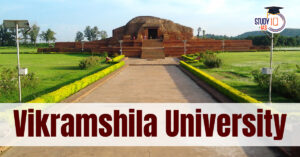 Vikramshila University Revival, Location...
Vikramshila University Revival, Location...
